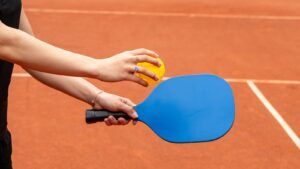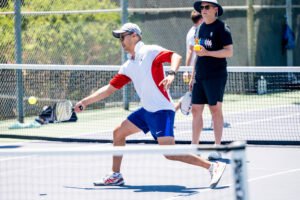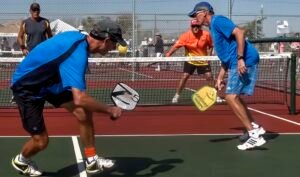Beneath the sweltering sun, amidst the rhythmic thwack of paddles meeting balls, pickleball enthusiasts gather for the ultimate display of athleticism and finesse: tournaments. With boundless energy and passion, players of all ages compete in this beloved sport, relishing the thrill of victory and embracing the camaraderie of the game. However, in this dynamic world of competitive pickleball, injury lurks as an unwelcome adversary, ready to turn endurance into frustration. Therefore, to stay in the game and savor the sweet taste of triumph, mastering the art of injury prevention becomes an absolute necessity. In this article, we unleash a trove of essential tips that will keep you resilient and free from harm throughout your pickleball tournament journey. So, tighten your visor, grab that trusty paddle, and let us pave the way to a victorious, injury-free experience!
Table of Contents
- Preparation: Warm-up Routines and Stretching Exercises
- Mastering Proper Technique: Tips for Injury Prevention
- Importance of Equipment: Choosing the Right Gear for Safety
- Strategic Play to Minimize Injury Risks
- Recovery and Injury Management: Taking Care of Your Body
- Q&A
- To Conclude
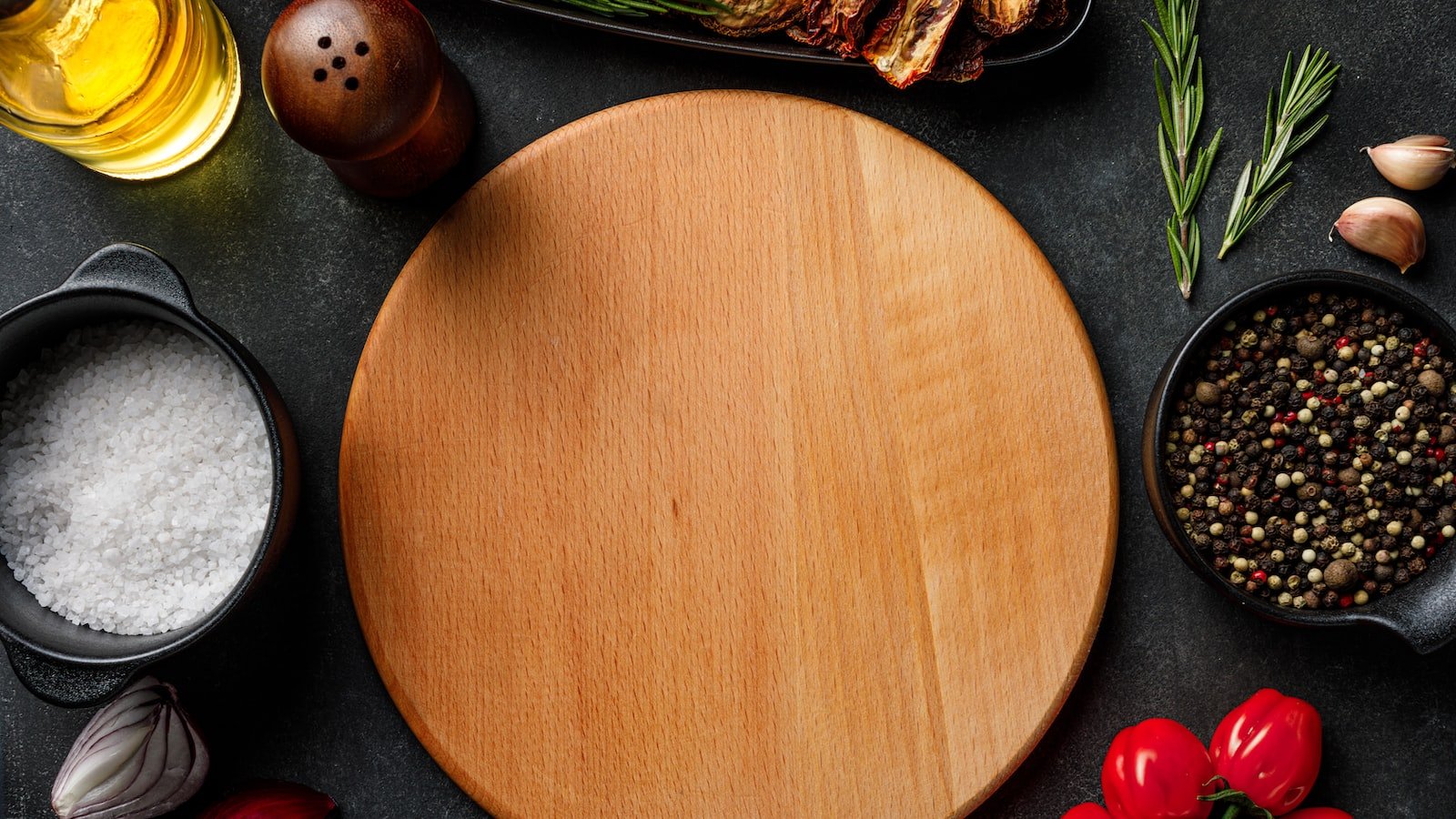
Preparation: Warm-up Routines and Stretching Exercises
Before you dive into your vigorous workout or engage in any physical activity, it’s crucial to adequately prepare your body. This section will guide you through some energizing warm-up routines and stretching exercises that will help prevent injuries and enhance your overall performance.
1. Dynamic Warm-up:
Dynamic warm-up exercises not only increase your heart rate but also improve your range of motion, flexibility, and coordination. Here are a few dynamic warm-up exercises you can incorporate into your routine:
- High Knees: March in place while lifting your knees as high as possible, alternating legs.
- Arm Circles: Stand with your feet shoulder-width apart and extend your arms to the sides. Make small circles with your arms, gradually increasing the size.
- Butt Kicks: Jog in place while kicking your heels towards your glutes.
2. Static Stretching:
Static stretching exercises help improve flexibility, elongate muscles, and relieve muscle tension. Remember to maintain each stretch for around 20-30 seconds. Here are a few static stretching exercises to include in your routine:
- Hamstring stretch: Sit on the ground with your legs extended in front of you. Reach towards your toes, keeping your back straight.
- Chest stretch: Stand tall and clasp your hands behind your back. Gently pull your arms back and lift your chest upwards.
- Quad stretch: Stand upright and lift one foot towards your glutes. Grab your foot with the hand on the same side and gently pull it towards your body.
Remember, incorporating these warm-up routines and stretching exercises into your fitness regimen will not only improve your performance but also make your workouts more enjoyable. So, get ready to warm up, stretch, and unleash the best version of yourself!

Mastering Proper Technique: Tips for Injury Prevention
Tips for Injury Prevention: Mastering Proper Technique
When it comes to any physical activity, mastering proper technique is not just about achieving optimal performance, but also about preventing injuries. Whether you are an athlete, a fitness enthusiast, or simply someone who enjoys working out, here are some valuable tips to help you stay injury-free:
- Focus on Form: Paying attention to your form during exercises is crucial. Make sure you have the correct posture and alignment for each movement. This will not only maximize the effectiveness of your workouts but also reduce the risk of straining or injuring your muscles and joints.
- Start Slow and Progress Gradually: Rome wasn’t built in a day, and neither is strength or endurance. It’s important to gradually increase the intensity and duration of your workouts to allow your body to adapt and avoid overexertion. Pushing too hard too soon can lead to injuries and setbacks.
- Warm-Up and Cool Down: Never underestimate the power of a good warm-up and cool down routine. Engaging in some light cardio and dynamic stretches before your main workout can increase blood flow, loosen up your muscles, and prepare them for the upcoming challenges. Likewise, cooling down with static stretches and gentle movements post-workout helps reduce muscle soreness and promote recovery.
- Listen to Your Body: Above all, listen to what your body is telling you. Pain is your body’s way of communicating, so if something feels off or uncomfortable, heed the warning. Do not ignore persistent pain or discomfort, as it could be a sign of an underlying issue that requires attention.
- Seek Professional Guidance: If you’re new to a particular form of exercise or unsure about proper technique, consider seeking guidance from a qualified professional such as a certified trainer or coach. They can provide personalized instruction, correct any form errors, and offer tailored advice to prevent injuries.
Remember, injury prevention is not a one-time effort but a lifelong commitment to taking care of your body. By mastering proper techniques, you can enhance your performance while minimizing the risk of setbacks on your fitness journey.

Importance of Equipment: Choosing the Right Gear for Safety
When it comes to engaging in any activity or profession, the importance of choosing the right equipment cannot be emphasized enough. Selecting the appropriate gear not only enhances productivity and efficiency but also plays a significant role in ensuring safety. Here are a few reasons why choosing the right equipment is crucial:
- Safety: By selecting the right gear designed for a specific task or activity, you significantly minimize the risk of accidents or injuries. Whether it’s wearing a helmet on a construction site or using safety goggles in a laboratory, the right equipment acts as a protective shield, safeguarding you from potential harm.
- Efficiency: Proper equipment that suits your needs can exponentially improve your overall performance. Using gear that is designed to handle the demands of your work allows you to complete tasks with greater ease and efficiency. The right equipment empowers you to work smarter, not harder.
- Durability: Investing in quality equipment might initially seem costlier, but it pays off in the long run. Durable gear is built to withstand the rigors of the job, outlasting cheaper alternatives, thereby saving you money on frequent replacements. Additionally, reliable equipment reduces downtime due to malfunctions or breakages, allowing you to focus on what matters most.
In conclusion, whether you are an athlete, a musician, or an engineer, selecting the appropriate equipment is vital for your safety and success. Prioritizing gear that is specifically designed for your needs ensures not only a more productive and efficient performance but also minimizes the risk of accidents or injuries. So, choose wisely and equip yourself for a brighter and safer future.
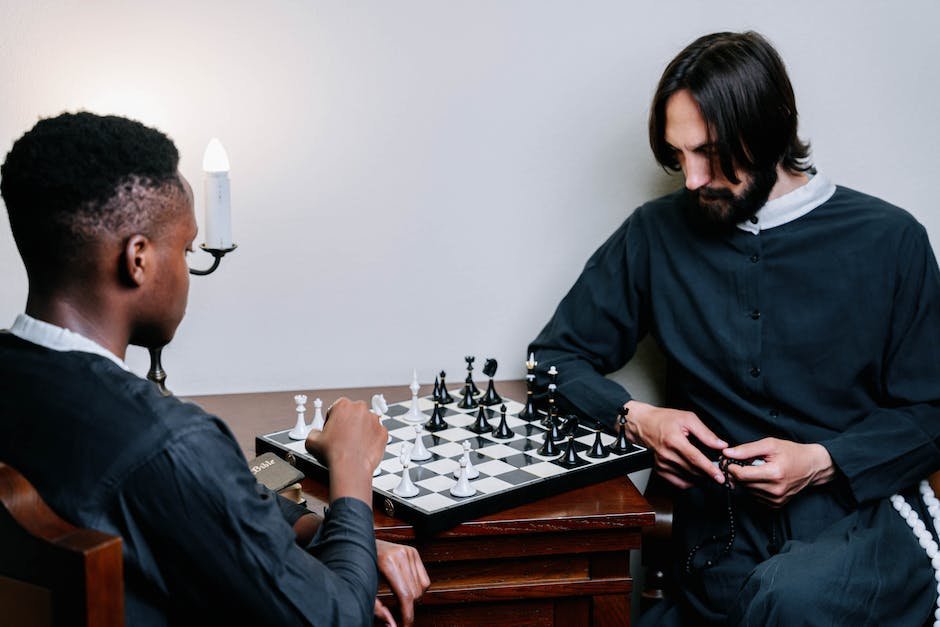
Strategic Play to Minimize Injury Risks
Ensuring the safety and well-being of players is a top priority for any sports team or organization. By employing strategic play techniques, teams can minimize injury risks while maximizing performance and player longevity.
Here are some key strategies teams can incorporate to safeguard their players:
- Pre-game Warm-ups: Begin each practice or game session with a thorough warm-up routine that includes stretching, cardiovascular exercises, and joint mobility exercises. This helps prepare the body for physical exertion, reducing the risk of muscle strains or tears.
- Proper Equipment: Emphasize the importance of wearing appropriate protective gear and ensuring its proper fit. Helmets, padding, mouthguards, and other safety equipment should be regularly inspected for damage and replaced when necessary.
- Risk Assessment: Conduct regular evaluations of training facilities, playing fields, and surrounding environments to identify potential hazards. Ensure that playing surfaces are well-maintained, free of debris, and adequately cushioned to minimize the risk of falls or collisions.
- Player Education: Educate athletes about injury prevention techniques and the importance of maintaining proper form during games and practices. Providing workshops or seminars on injury management and recovery can also equip players to take proactive measures towards their own safety.
- Rest and Recovery: Recognize the significance of rest and recovery in reducing the risk of overuse injuries. Encourage athletes to incorporate adequate rest periods into their training schedules and emphasize the importance of listening to their bodies.
By adopting these strategic play techniques, teams can create a safer and more sustainable environment for their players, enabling them to perform at their best while minimizing injury risks.
Recovery and Injury Management: Taking Care of Your Body
In the fast-paced world we live in, it’s important to prioritize the well-being of our bodies. Whether you’re an athlete, have an active lifestyle, or simply want to stay healthy, effective recovery and injury management are crucial. By implementing a few key practices into your routine, you can ensure that your body remains strong, resilient, and ready for any challenge.
Here are some tips to help you take care of your body and promote optimal recovery and injury management:
- Hydrate: Water is the elixir of life, and staying hydrated is the cornerstone of maintaining a healthy body. Drink enough water throughout the day to keep your muscles and joints lubricated, aid in the transport of nutrients, and flush out toxins.
- Rest and Sleep: Your body needs time to recuperate and repair itself. Prioritize quality sleep and allow yourself regular rest days to prevent overexertion and mitigate the risk of injury.
- Proper Nutrition: Fuel your body with the right nutrients to optimize recovery. Incorporate a well-balanced diet rich in lean proteins, complex carbohydrates, and healthy fats to provide the building blocks necessary for muscle repair and growth.
- Stretching and Flexibility: Regular stretching and flexibility exercises increase mobility, improve posture, and reduce the risk of muscle strains and injuries. Add dynamic warm-ups and static stretches to your workout routine or consider activities like yoga or Pilates.
- Listen to Your Body: Pay attention to any warning signs or discomfort your body may be giving you. Ignoring pain or pushing through injuries can lead to long-term damage. Consult a healthcare professional if you experience persistent or severe pain.
Remember, taking care of your body is a lifelong commitment. By incorporating these practices into your daily routine, you’ll be well on your way to maintaining a healthy and thriving body for years to come.
Q&A
Q: How can I prevent injuries while playing in pickleball tournaments?
A: One way to prevent injuries is to warm up properly before each match, focusing on dynamic stretches and light cardio exercises. Also, make sure to wear proper footwear that provides sufficient support and traction on the court.
Q: Are there any specific precautions I should take during the tournament?
A: Yes, it’s important to remember to stay hydrated throughout the tournament by drinking plenty of water. Additionally, listen to your body and take breaks when needed to avoid overexertion or muscle fatigue.
Q: Are there any strategies to reduce the risk of common pickleball injuries?
A: Absolutely! Incorporating strength and conditioning exercises into your regular training routine can help build overall body strength and stability, reducing the risk of common pickleball injuries like sprains or strains.
Q: How can I properly recover after a long day of pickleball matches?
A: Adequate rest and recovery are essential. Make sure to cool down after each match by doing some gentle stretches and using ice packs on any areas that might feel sore. It’s also advisable to get enough sleep and eat a balanced diet to promote muscle repair and reduce inflammation.
Q: What should I do if I do sustain an injury during a tournament?
A: If you sustain an injury, it’s crucial to listen to your body and not push through the pain. Stop playing immediately and seek medical attention if necessary. Properly assessing and treating injuries will help prevent long-term damage and ensure a faster recovery.
Q: Are there any precautions I should take to avoid injuries while playing doubles?
A: In doubles, communication is key. Make sure to have clear signals with your partner to avoid collisions or accidental contact. Additionally, try to maintain proper positioning and be aware of your surroundings to prevent tripping or falling.
Q: Can you offer any additional tips for staying injury-free during pickleball tournaments?
A: Yes! It’s important to cross-train and incorporate exercises that improve balance, agility, and flexibility into your training routine. Also, consider using protective gear like knee pads or elbow supports if you have any preexisting conditions or are prone to certain injuries.
To Conclude
On the court of pickleball tournaments, staying injury-free is not just a luxury, it’s a necessity. With the excitement in the air and the competition at its peak, it’s easy to forget that our bodies need protection and care. But fear not, for we have armed you with essential tips to outsmart injuries and savor the victorious moments.
Remember, prevention is the key. Warm-up properly, stretch those muscles, and get your blood pumping with a dash of enthusiasm. Take heed in choosing the right equipment, for your paddle and shoes will be your trusted allies in the battlefield of pickleball.
In the midst of intense rallies, don’t let your mind wander into dangerous territories. Stay focused, keep an eye on the ball, and maintain proper form. Engage in some friendly banter with your opponents, but never at the expense of your safety.
The art of recovery should never be underestimated. Ice your muscles, rest, and indulge in some well-deserved self-care. Let your body heal and rejuvenate, for tomorrow is another day filled with promise.
And finally, always listen to your body. It speaks a language of its own, and its whispers should never be ignored. If something feels off, seek medical attention without hesitation. Remember, it’s better to be safe than sorry.
So fellow pickleball warriors, as you prepare to conquer the world of tournaments, let these essential tips be your shield and armor. With good preparation, mindfulness, and self-care, injuries will be banished from your path. Embrace the excitement, the cheers, and the bonds forged on the court. Stay injury-free and bask in the glory of a truly exhilarating pickleball tournament. The court awaits, let the games begin!
As an affiliate, my content may feature links to products I personally use and recommend. By taking action, like subscribing or making a purchase, you’ll be supporting my work and fueling my taco cravings at the same time. Win-win, right?
Want to read more? Check out our Affiliate Disclosure page.

